Revisions for two ANS position statements approved
The ANS Public Policy Committee (PPC) approached the Board of Directors last November seeking approval of revisions to two position statements.

A message from Electrical Builders, Ind.
America’s Top Performing Nuclear Plants Rely on Electrical Builders, Industries to Expand and Extend the Life of Their Critical Electrical Assets
The ANS Public Policy Committee (PPC) approached the Board of Directors last November seeking approval of revisions to two position statements.
The Department of Energy, in conjunction with Massachusetts Institute of Technology and Texas A&M University, will conduct a biweekly webinar series aimed at providing a broad overview of nuclear waste management and disposal in the United States as well as the latest research activities. The target audience is undergraduate and graduate students in science, engineering, policy, sociotechnical, and social science programs.
The American Nuclear Society is soliciting qualified members who are interested in becoming the editor of Fusion Science and Technology (FST). Leigh Winfrey, SUNY-Maritime, has served as editor of FST since January 2018. During her term, she has successfully shepherded FST, maintaining the journal’s reputation for technical excellence and arranging a schedule of eight issues annually covering the most important topics in fusion science and technology.
Winfrey has indicated that she intends to step down from the editorship as of June 2025, providing an opportunity for a fresh voice to lead FST. Consequently, ANS is seeking a qualified individual to fill this position. The selected person will be appointed editor-designate and will undergo a period of training before taking over the full editor’s role.
At the ANS Winter Conference and Expo this past November, the ANS Board of Directors approved the creation of two new student sections—for the University of California–Los Angeles (UCLA) in California and the University of Wyoming (UW) in Laramie, Wyo.
The Advanced Reactor Codes and Standards Collaborative (ARCSC) held its second workshop on November 30, 2023, in Washington, D.C. The hybrid event had just over 200 participants, including representatives from standards development organizations (SDOs), the Electric Power Research Institute, the Nuclear Energy Institute, national laboratories, government agencies, vendors, advanced reactor designers, and consultants as well as representatives from other U.S. industry and international organizations, including the International Atomic Energy Agency. ANS Standards Board chair Andrew Sowder, senior technical executive at EPRI, welcomed attendees to EPRI’s offices, where the workshop was held.

Core Power, a private maritime technology company based in the United Kingdom, held the international summit New Nuclear for Maritime in Washington, D.C., that brought together leaders and experts to explore the latest opportunities in advanced nuclear applications for the maritime industry. Several American Nuclear Society members were featured on panel discussions, including Jess Gehin, Idaho National Laboratory’s associate lab director for nuclear science and technology.
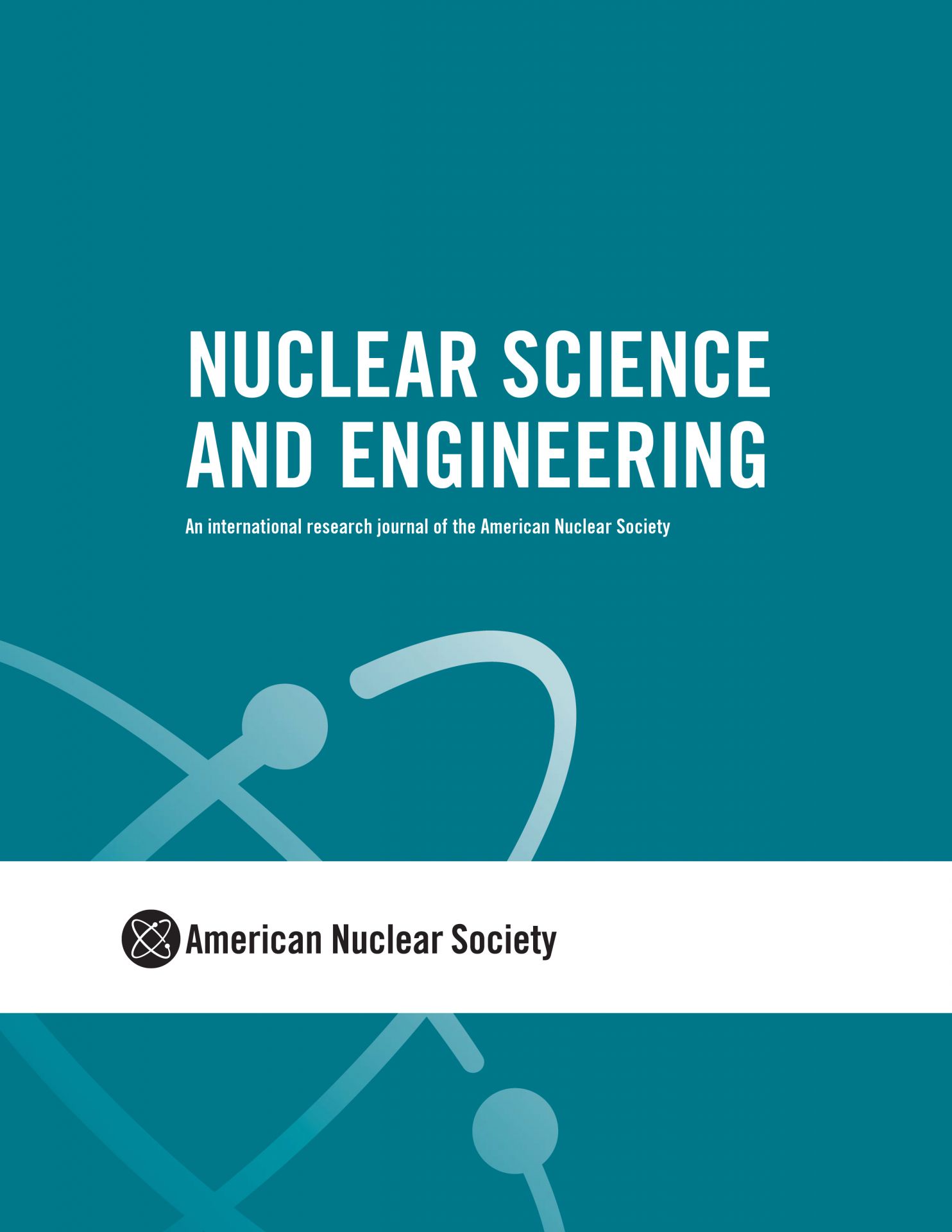 Two teams of guest editors from Idaho National Laboratory have announced plans for special issues of the American Nuclear Society's Nuclear Science and Engineering, the nuclear community’s longest-running technical journal. Abdalla Abou Jaoude and Abderrafi M. Ougouag are leading the NSE issue Technical Challenges and Opportunities in the Development and Deployment of Microreactors, while Joseph Nielsen and Piyush Sabharwall are organizing the NSE issue Irradiation Experiments Supporting Advanced Nuclear Technologies.
Two teams of guest editors from Idaho National Laboratory have announced plans for special issues of the American Nuclear Society's Nuclear Science and Engineering, the nuclear community’s longest-running technical journal. Abdalla Abou Jaoude and Abderrafi M. Ougouag are leading the NSE issue Technical Challenges and Opportunities in the Development and Deployment of Microreactors, while Joseph Nielsen and Piyush Sabharwall are organizing the NSE issue Irradiation Experiments Supporting Advanced Nuclear Technologies.
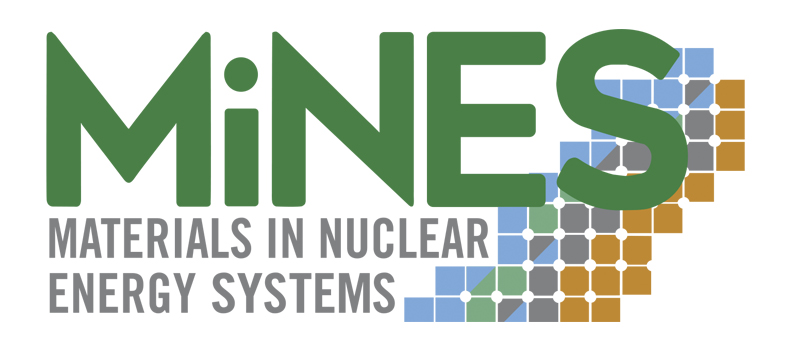 The 2023 Materials in Nuclear Energy Systems (MiNES 2023) meeting will take place December 10–14 in New Orleans, La. The third installment of MiNES will focus on cutting-edge research in the fission reactor materials community.
The 2023 Materials in Nuclear Energy Systems (MiNES 2023) meeting will take place December 10–14 in New Orleans, La. The third installment of MiNES will focus on cutting-edge research in the fission reactor materials community.
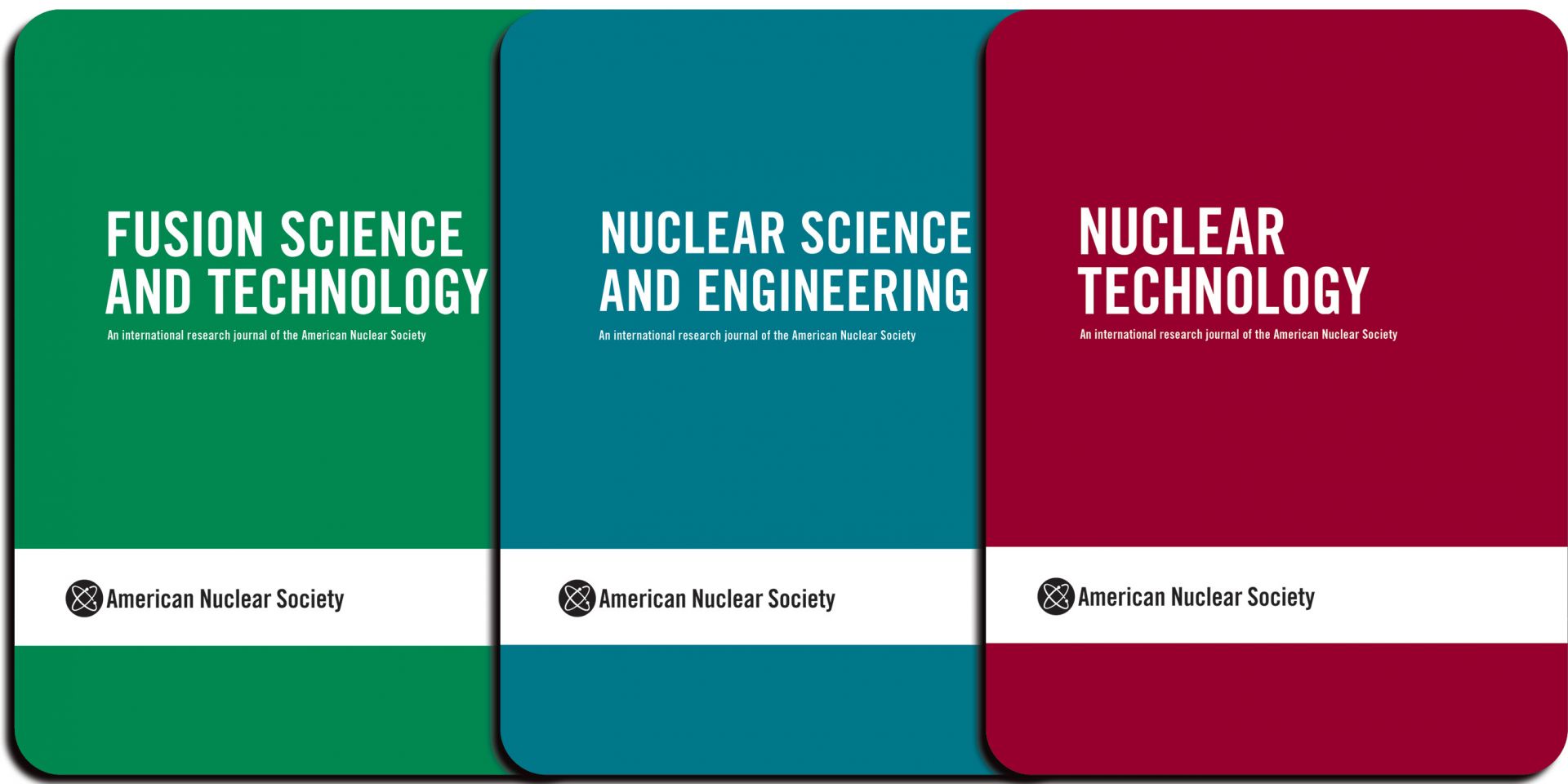
The three international research journals published by ANS frequently dedicate issues to special topics or selected top papers presented at conferences, and ANS members can read for free with the subscription included in their membership. To access any of the issues mentioned below, as well as the entire decades-long archive of the journals, visit ans.org/pubs/journals/ and log in to your member account. Here’s a recap of the research highlights published in current issues of Nuclear Science and Engineering (NSE), Nuclear Technology (NT), and Fusion Science and Technology (FST).

As far back as the 1940s, the U.S. Atomic Energy Commission and other organizations commissioned dozens of nuclear energy–related educational films. They delve into a variety of topics, including the development of nuclear reactors, radiation and reactors for space, and the political history of nuclear technology in the United States.
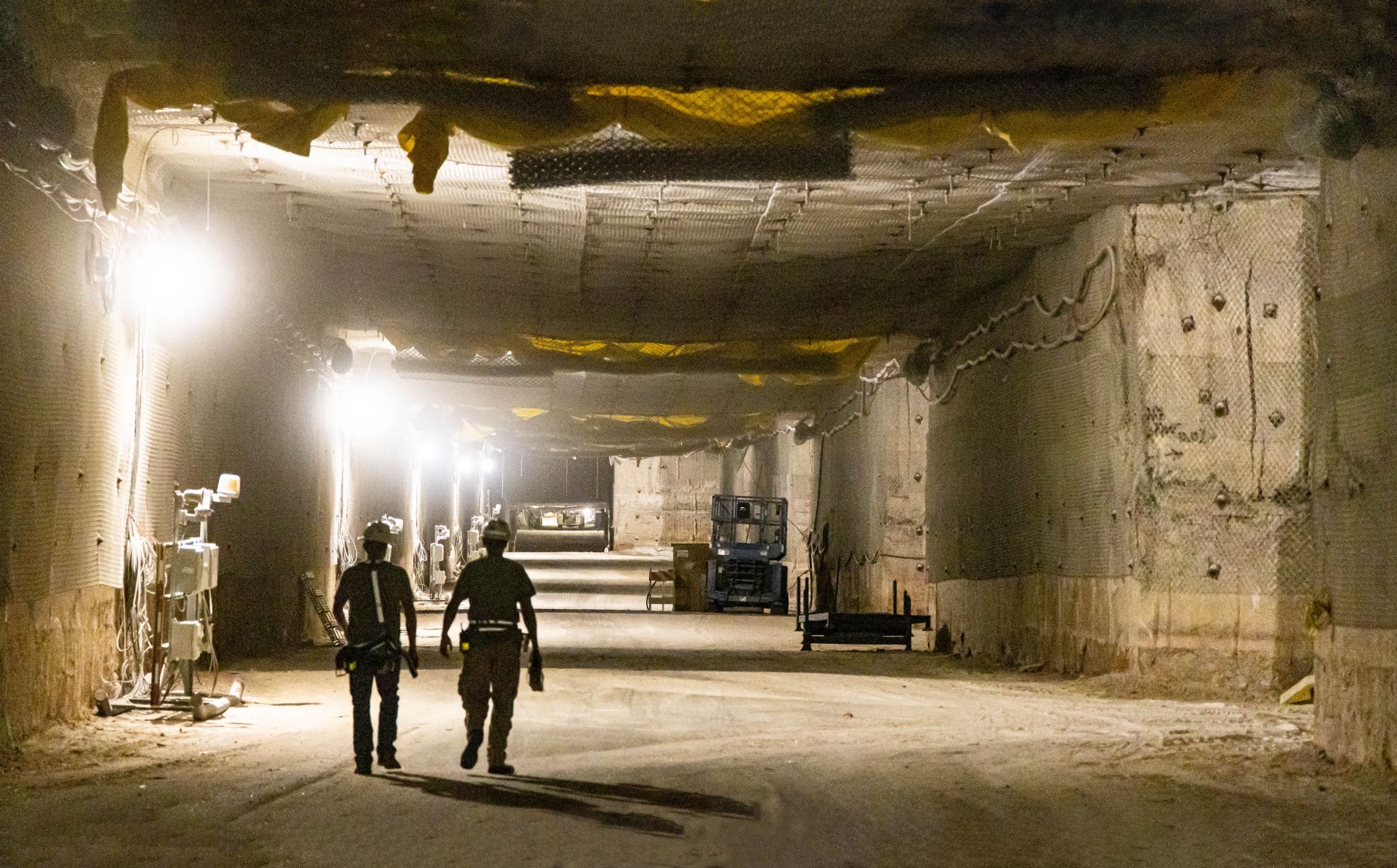
The American Nuclear Society coordinated an effort with eight nongovernmental organizations in asking Congress to update the Environmental Protection Agency’s generic standards for the safe, permanent disposal of spent nuclear fuel (SNF) and high-level radioactive waste.
One of the privileges of being president of the American Nuclear Society is awarding presidential citations to individuals who have demonstrated outstanding effort in some manner for the benefit of ANS or the nuclear community. Citations are conferred twice each year, at the Annual and Winter Meetings. ANS President Kenneth Petersen has named this season’s recipients, who will receive recognition at the upcoming Winter Conference and Expo in Washington, D.C.
ANS also announces the winners of awards presented by the Society’s professional divisions. These awards will be mailed to the recipients, and the divisions will recognize honorees at various division functions and meetings this fall. The 19 professional divisions of ANS are constituent units and represent a vast array of nuclear science and technology disciplines.
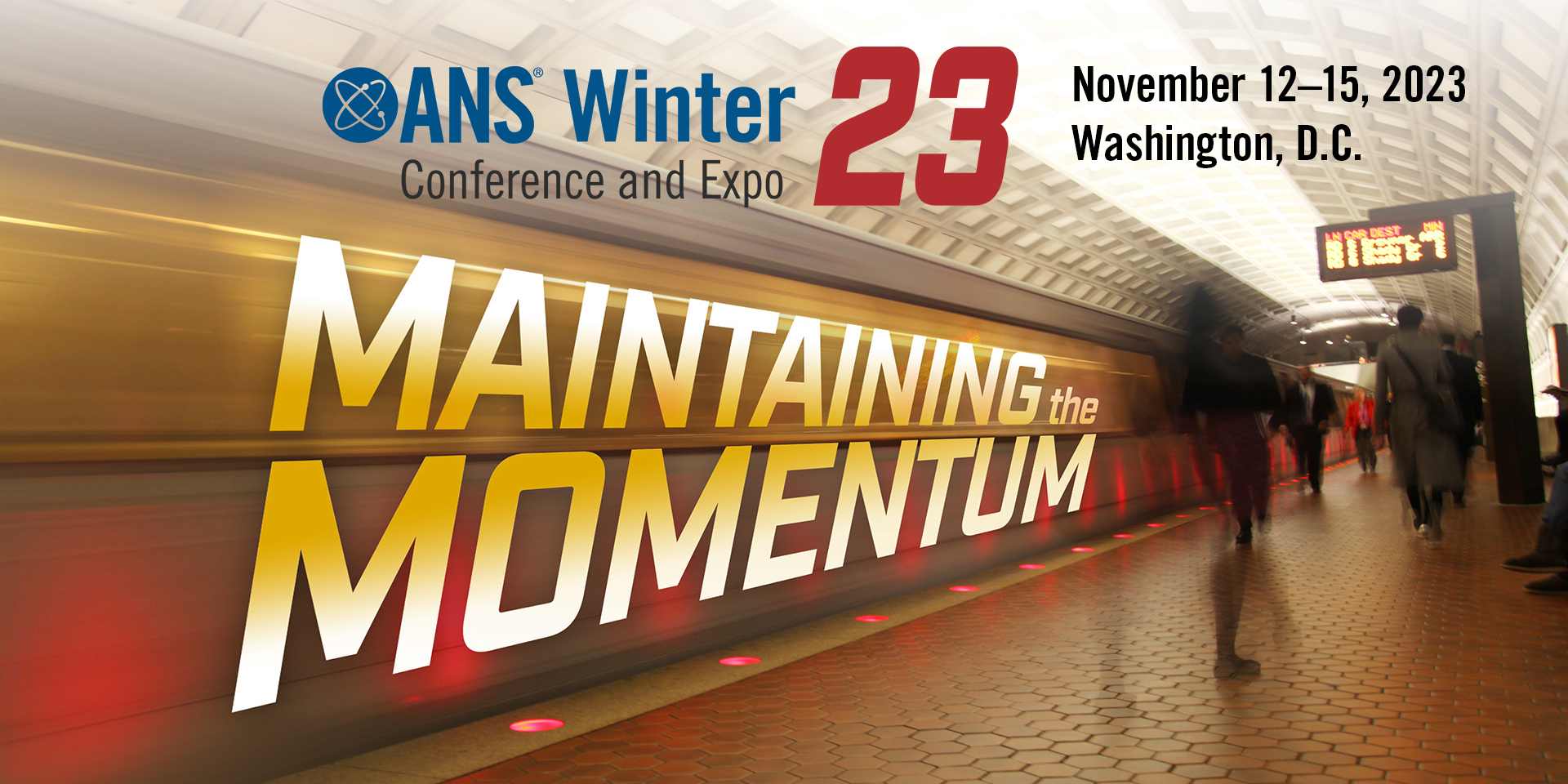
In the last few years, public investment in both new and existing nuclear technology has expanded alongside a rise in public support and acceptance. Now is the perfect time for the nuclear industry to seize this momentum by coming together to maintain current nuclear plants, expanding the nuclear workforce, strengthening the supply chain and infrastructure, increasing public- and private-sector investments, and continuing to advocate for the benefits of nuclear power.

Bill Loeb, a charter member of the American Nuclear Society who was present at ANS’s founding and who served as a naval officer during World War II, passed away this year at the age of 98. Loeb was active in the nuclear workforce after his military service, founding a company that provided food preserved with gamma radiation to the U.S. Army in Vietnam. Loeb maintained his ANS membership and “lived an active, full life,” according to his youngest son, Jonathan.
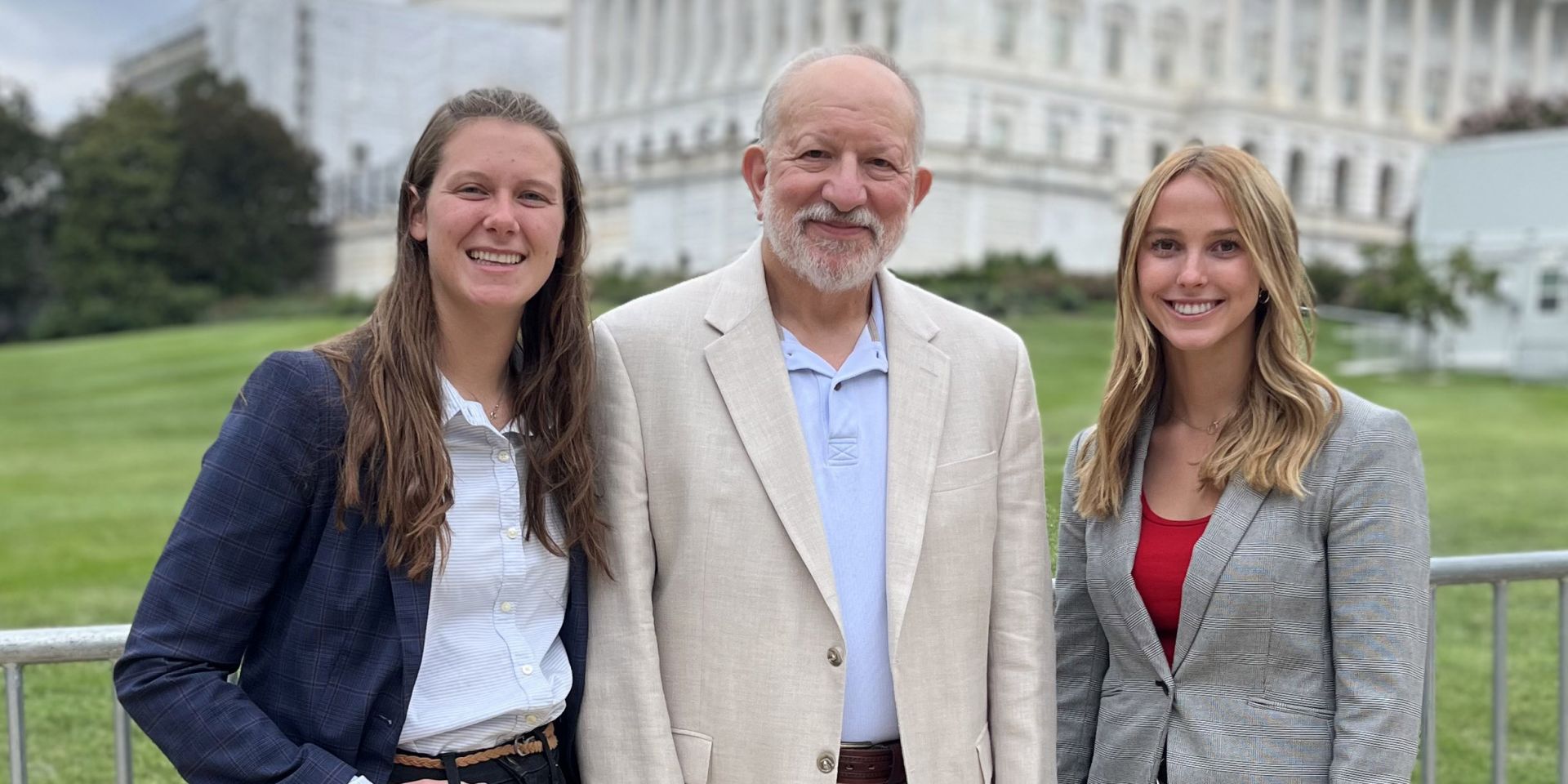
This summer, the American Nuclear Society supported two student members who participated in the Washington Internships for Students of Engineering (WISE) Program, a nine-week program that gives engineering and technology students the chance to spend a summer learning about public policy. This year’s ANS-sponsored WISE interns, Sarah Cole of Boise State University and Abbey Hageman of the University of Nevada–Reno, arrived in Washington, D.C., in May, where during the course of the program they made professional contacts, researched and presented policy papers (published in the WISE Journal of Engineering and Public Policy), and learned how government officials make decisions on complex technological issues—and how engineers contribute to this process.

At the American Nuclear Society’s 2023 Winter Meeting in November, a panel of experts will provide insights and opinions on the funding of nuclear energy research in the United States. The executive session “Rethinking How We Structure Federal R&D Programs in Nuclear Energy” will feature the University of Michigan’s Todd Allen, Aditi Verma, and Sola Talabi, and Idaho National Laboratory’s Jess Gehin.

The American Nuclear Society’s largest and most anticipated annual event, the Winter Conference and Expo, will take place November 12–15 at the Washington Hilton in Washington, D.C.
This year’s theme is “Maintaining the Momentum,” which suits nuclear energy’s current moment in the spotlight. In the last few years, public investment in both new and existing nuclear technology has expanded alongside a rise in public support and acceptance. Now is the perfect time for the nuclear industry to seize this momentum by coming together to maintain current nuclear plants, expand the nuclear workforce, strengthen supply chains and infrastructure, increase public and private sector investments, and continue to advocate for the benefits of nuclear power.

The American Nuclear Society is pleased to celebrate Mehdi Sarram on the 60th anniversary of his membership. He joined the Society in 1963 when he was an undergraduate in nuclear engineering at the University of Michigan and has since served the nuclear energy industry as a nuclear engineer, reactor operator, professor, and mentor. Over the years, Sarram has been active in several local ANS sections and has made remarkable contributions to the peaceful uses of nuclear energy, including bringing Iran’s first nuclear reactor to full power.
The next opportunity to earn professional engineer (P.E.) licensure in nuclear engineering is just around the corner: the Principles and Practice of Engineering Examination for nuclear engineering will be administered nationwide on October 24, 2023. If you are preparing to take the exam on this day, best of luck!
ANSI/ANS-8.21-2023, Use of Fixed Neutron Absorbers in Nuclear Facilities Outside Reactors, has just been issued by the American Nuclear Society Standards Committee. The standard was approved by the American National Standards Institute (ANSI) on June 20, 2023, as a revision and consolidation of ANS-8.21-1995 (R2019) (withdrawn) (same title) and ANS-8.5-1996 (R2022) (withdrawn), Use of Borosilicate-Glass Raschig Rings as a Neutron Absorber in Solutions of Fissile Material. ANSI/ANS-8.21-2023 provides guidance for the use of neutron absorbers, including Raschig rings, as an integral part of nuclear facilities equipment, fissile material, or fuel components outside reactors, where such absorbers are credited to provide criticality safety control.